PPT-RECURRENT DISSEMINATED ABDOMINAL HYDATID CYST IN AN IMMUNOSUPPRESSED INDIVIDUAL
Author : cady | Published Date : 2023-05-20
Dr Arun Dr Rajkumar Solomons unit Institute of Medical Gastroenterology Madras medical college 36 yr old man with history of gradually progressive abdominal distension
Presentation Embed Code
Download Presentation
Download Presentation The PPT/PDF document "RECURRENT DISSEMINATED ABDOMINAL HYDATID..." is the property of its rightful owner. Permission is granted to download and print the materials on this website for personal, non-commercial use only, and to display it on your personal computer provided you do not modify the materials and that you retain all copyright notices contained in the materials. By downloading content from our website, you accept the terms of this agreement.
RECURRENT DISSEMINATED ABDOMINAL HYDATID CYST IN AN IMMUNOSUPPRESSED INDIVIDUAL: Transcript
Download Rules Of Document
"RECURRENT DISSEMINATED ABDOMINAL HYDATID CYST IN AN IMMUNOSUPPRESSED INDIVIDUAL"The content belongs to its owner. You may download and print it for personal use, without modification, and keep all copyright notices. By downloading, you agree to these terms.
Related Documents

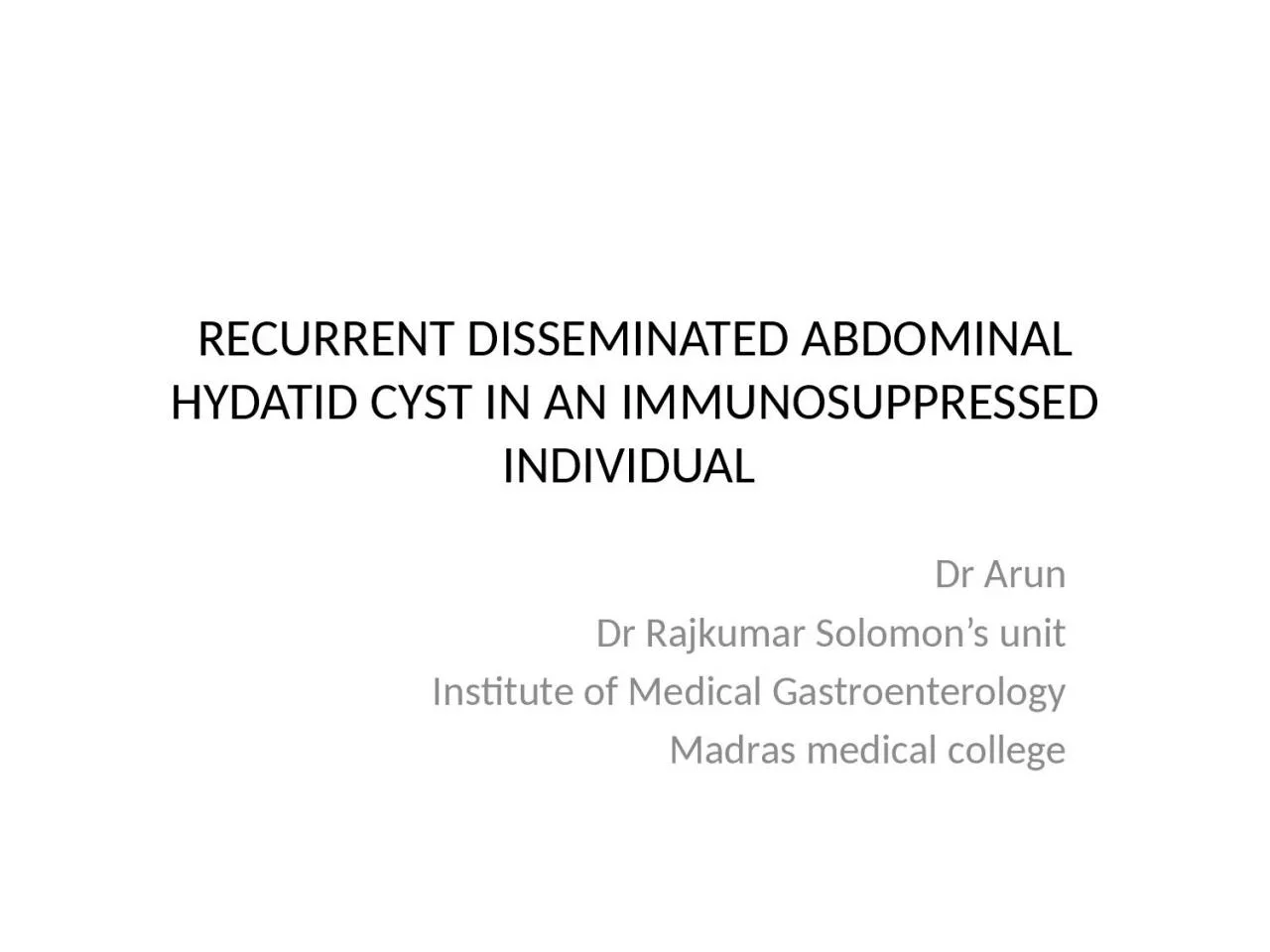
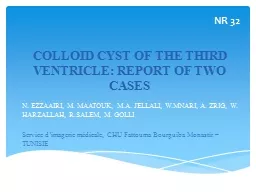
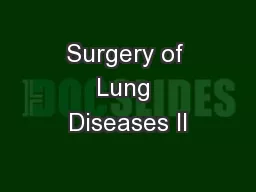
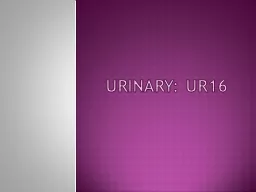
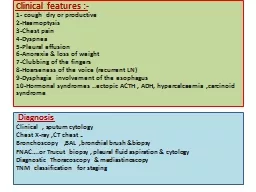
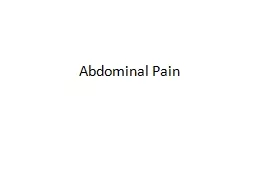
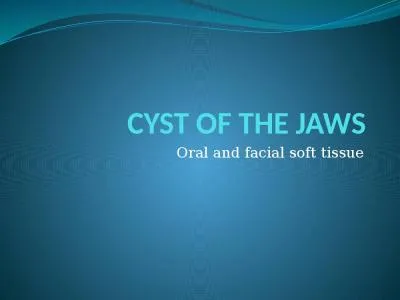
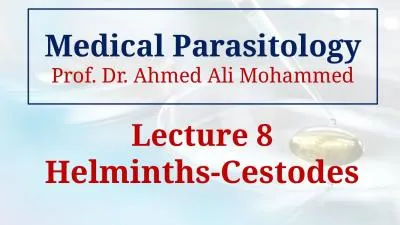
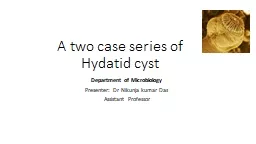
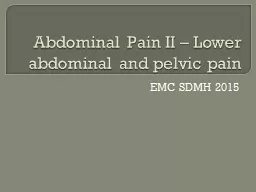
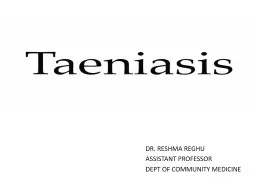

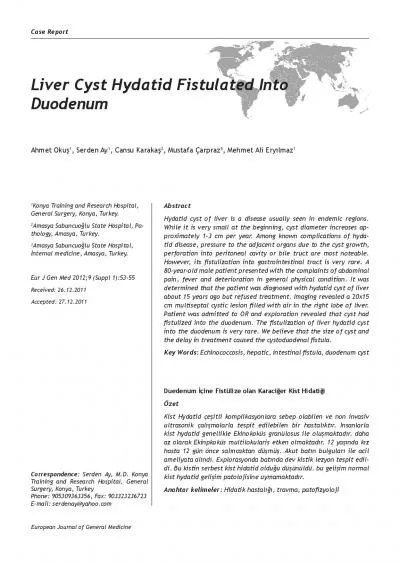
![PARASTOLOGY T.N. WAWERU BSC[CMED & SURGE]](https://thumbs.docslides.com/1060281/parastology-t-n-waweru-bsc-cmed-amp-surge.jpg)